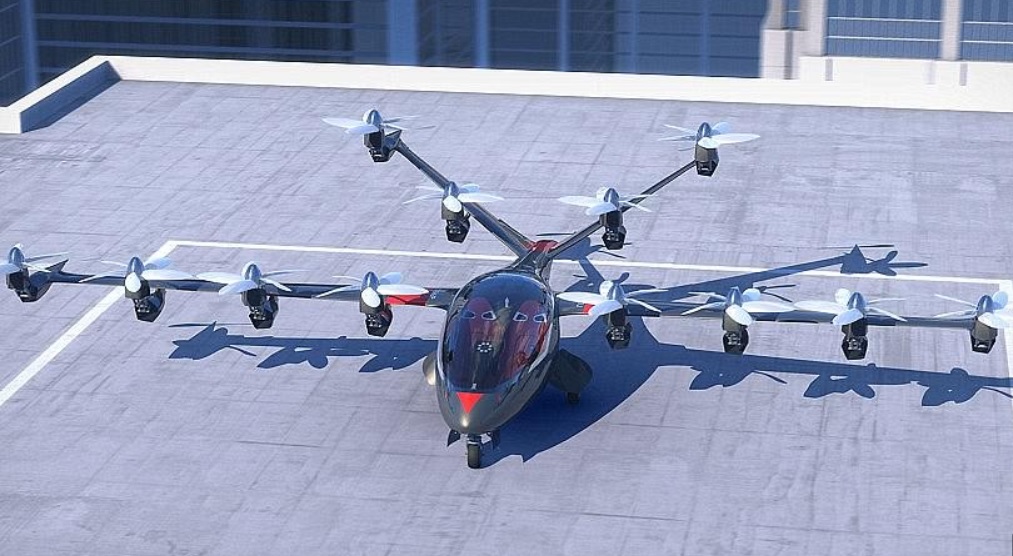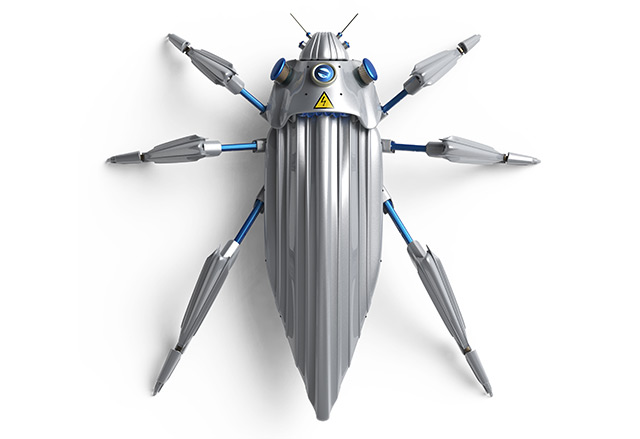The first generation of robots will measure about 2.5 feet (0.8 meters) in length, according to John Rizzi, executive director of RISE. The team’s goal is to design compact robots suitable for recreational hunters, as well as larger models to accommodate greater numbers of lionfish for commercial hunters, Rizzi told Live Science. Production and in-water testing of working prototypes is anticipated for November, Rizzi said.
Deadly invaders
Lionfish — the common name for the Pterois genus, which contains 12 species — are striking to look at — their bodies are covered in bold stripes and delicate, fluttering fins that are offset by rows of venomous spines — making them a popular choice for aquarium owners. Native to Indo-Pacific ocean waters, the flashy-looking predators can measure between 2 and 17.7 inches (5 and 45 centimeters) long, weighing up to 2.9 pounds (1.3 kilograms).
If only the non-native lionfish had stayed confined to their aquariums. But for more than two decades, invasive lionfish have been breeding in the Atlantic Ocean and in the Caribbean Sea at an alarming rate. And with no natural predators in those regions to keep their numbers in check, lionfish are decimating native fish populations.
In Florida and in the Bahamas, where native fish and coral reef ecosystems have been especially hard-hit by booming lionfish numbers, environmental officials have organized hunting events encouraging divers to catch as many lionfish as possible. Research showed that the hunts can help native fish rebound, but they are most effective when targeting small areas, and won’t control lionfish populations on a larger scale.
Could diving robots help conservationists gain control of these invasive pests? Rizzi told Live Science that they could, by allowing users to target deeper waters where lionfish breed, and where diving hunters typically can’t go.
“The average recreational diver stays close to shore and can only dive to 80 to 100 feet [24 to 30 meters],” Rizzi explained. “Big colonies of lionfish have been found down to 900 feet [274 m]. We believe this device is the only way to economically kill populations off at greater depths.”
Diving robots would need to get very close to their targets to deliver the killing shock, and tests showed that the lionfish didn’t seem spooked by an approaching robotic hunter, Rizzi said. While other fish would quickly swim away when approached with probes similar to those the robot would carry, lionfish didn’t respond — perhaps because they aren’t used to being hunted by natural predators in that region, Rizzi suggested.
“We’ll be their first predator,” he said. “They won’t see us coming.”
Original article on Live Science.





















